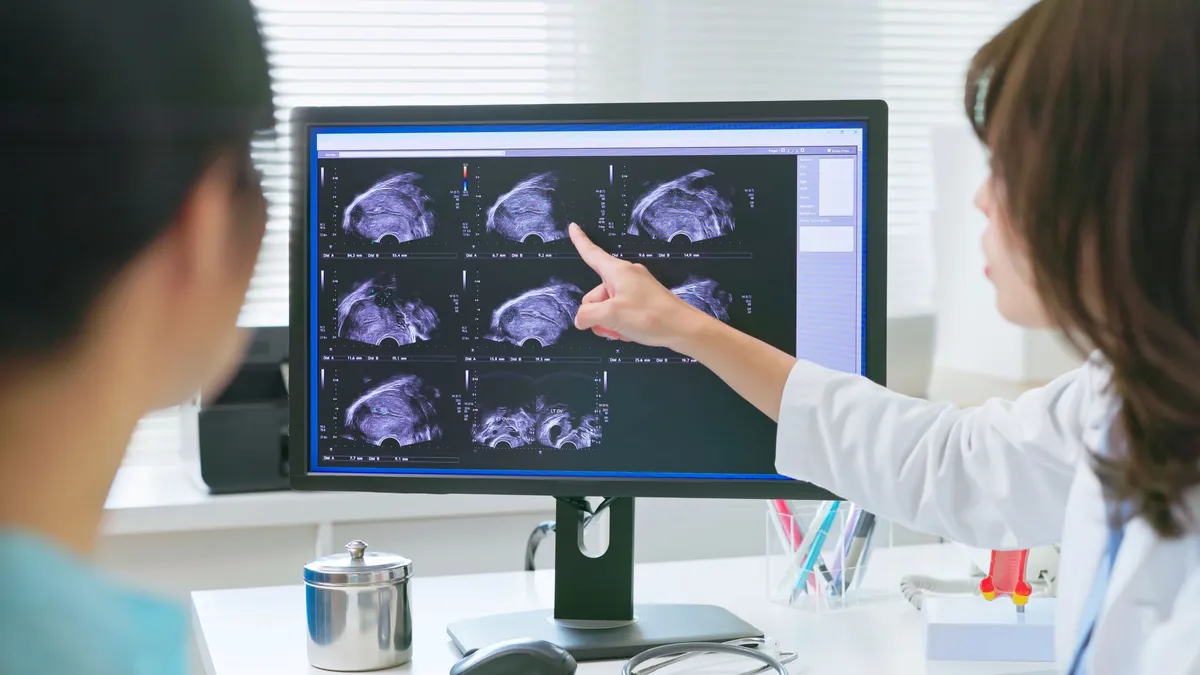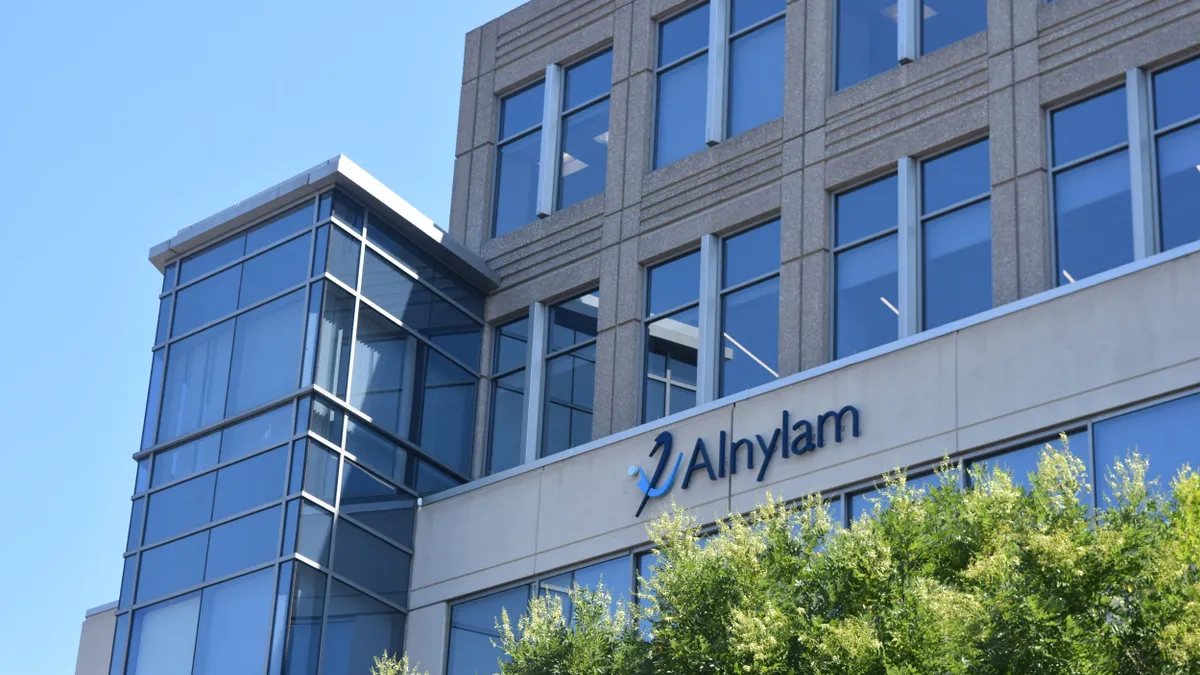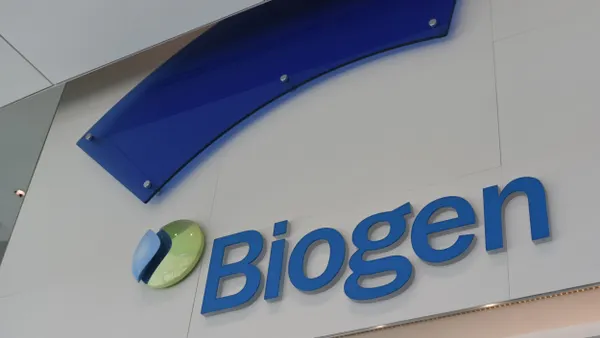Biotech M&A has plateaued. Track the deals that are happening here.
In the business of drug development, deals can be just as important as scientific breakthroughs. Many of today's most lucrative medicines, from the life-saving cancer treatment Keytruda to the anti-inflammatory agent Enbrel, might not have become so without mergers and acquisitions.
The end of the last decade brought record highs in pharmaceutical M&A as larger companies turned again and again to young biotechs for innovation. Often, these deals focused on cancer, rare diseases and immune system disorders — areas of drug research that were seeing major victories in clinical trials and huge profits for treatments that made it to market.
2021 and 2022 were much quieter for dealmaking, as new challenges and then rising interest rates weighed on negotiations. But there have been signs of a rebound. Pharma companies are keen to expand in areas like obesity, while stocking up on newer technologies like antibody-drug conjugates. Even neuroscience, which large drugmakers previously abandoned, is drawing investment again.
BioPharma Dive is tracking M&A activity below. The database, which shows drugmaker buyouts that have happened since 2018 and were valued at $50 million or more in upfront consideration, will be regularly updated.
Click on an acquiring company to pull up more information, and scroll to the bottom of the page to read how this information was collected and organized. If there's anything we've missed, or any additional information you'd like to see, please reach out and let us know.
Editor's note: If tables or values do not display, please try clearing your browser's cache and reloading the page.
Z
A
Biotech acquisitions, by year and total value paid upfront
Biotech acquisitions, by year and percent premium paid
Biotech acquisitions, by year and therapeutic category
Methodology
For this database, BioPharma Dive looked only at companies developing human medicines. The mergers and acquisitions included in the database are limited by certain criteria, namely that they must be for an entire company — not for product licensings, options to acquire or for partial equity stakes.
Additionally, the database is limited to deals valued at a minimum of $50 million upfront. Total consideration can reflect both cash and equity offered upfront in exchange for the acquired company’s shares. Deals in which the upfront payment was less than $50 million or was not specified, like with Eli Lilly's purchase of Versanis or Novartis' acquisition of Kate Therapeutics, were not included.
Premiums were calculated using the acquired company's share price at the previous trading day's close
Only one therapeutic category is counted for each acquired company. For those with multiple focuses, the chosen therapeutic area is based on lead asset or, lacking one that's distinctly identified, the company is classified under "other."
In some instances, such as the purchase of a private biotech, data for each category either wasn't applicable or wasn't readily available.
Finally, BioPharma Dive updates the tracker when deals are announced. Sometimes, transactions fall through or another company outbids the original acquirer. In the former case, we remove the deal from our database; in the latter, we updates entries with the new information.














